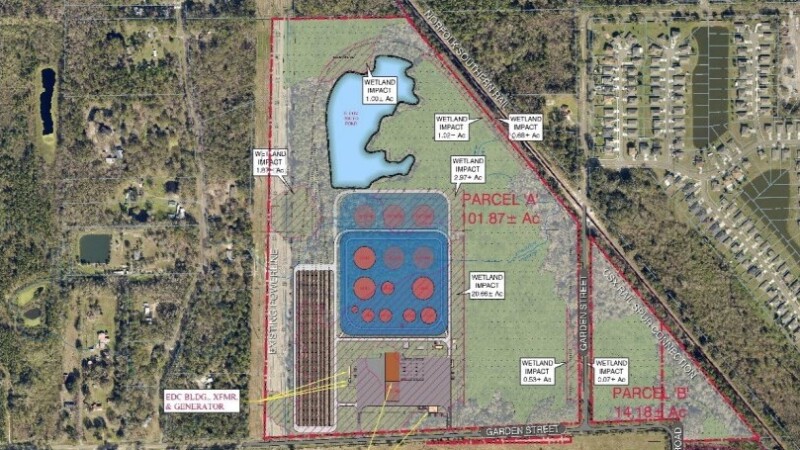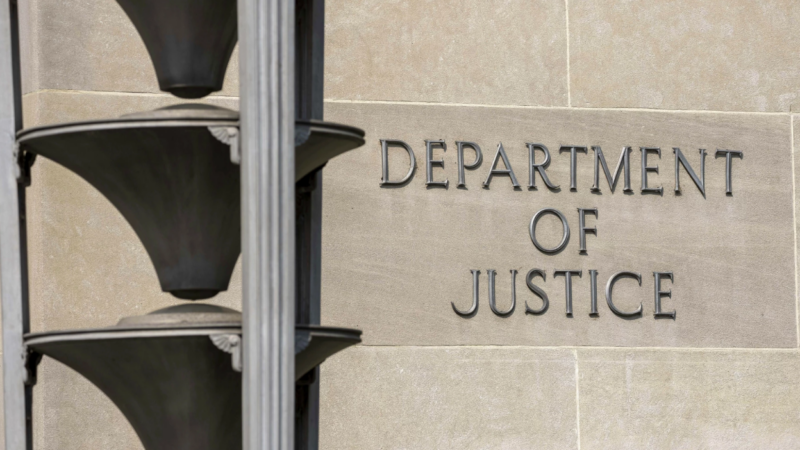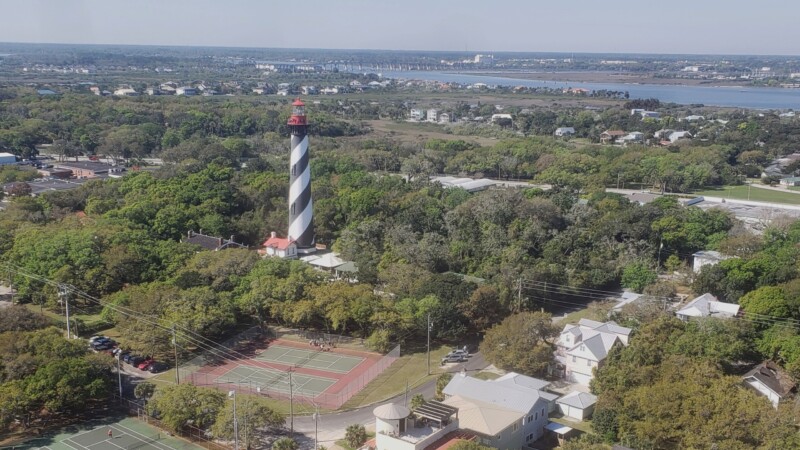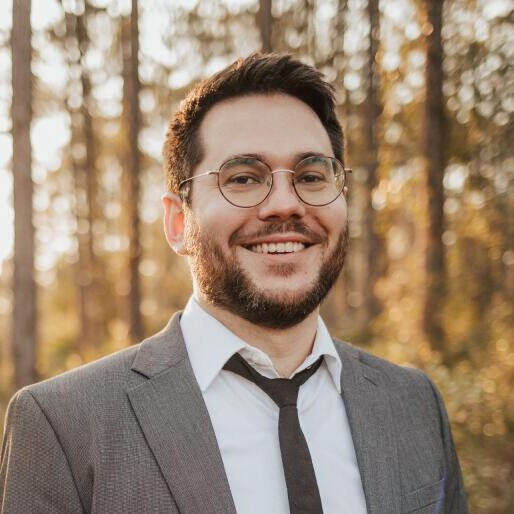Sea level rise and other effects of climate change are now adding to the list of challenges facing some of Florida’s smallest residents: rare birds.
On the St. Marys River in Northeast Florida, just a stone’s throw from the Georgia border in Yulee, the nonprofit White Oak Conservation Foundation is breeding and researching wildlife.
You were introduced to some of its residents if you watched the last season of Game of Thrones — though you wouldn’t have noticed. Anticipating the need for new dragon roars ahead of Season 8, sound designer Paula Fairfield made a trip to White Oak and recorded some rhinos and cranes.
“We live in a world where our animals are disappearing at a rapid rate,” Fairfield told SYFY WIRE. “So it’s powerful for me to listen to their beautiful voices and use them in this space. Some of them are very startling and unusual.”
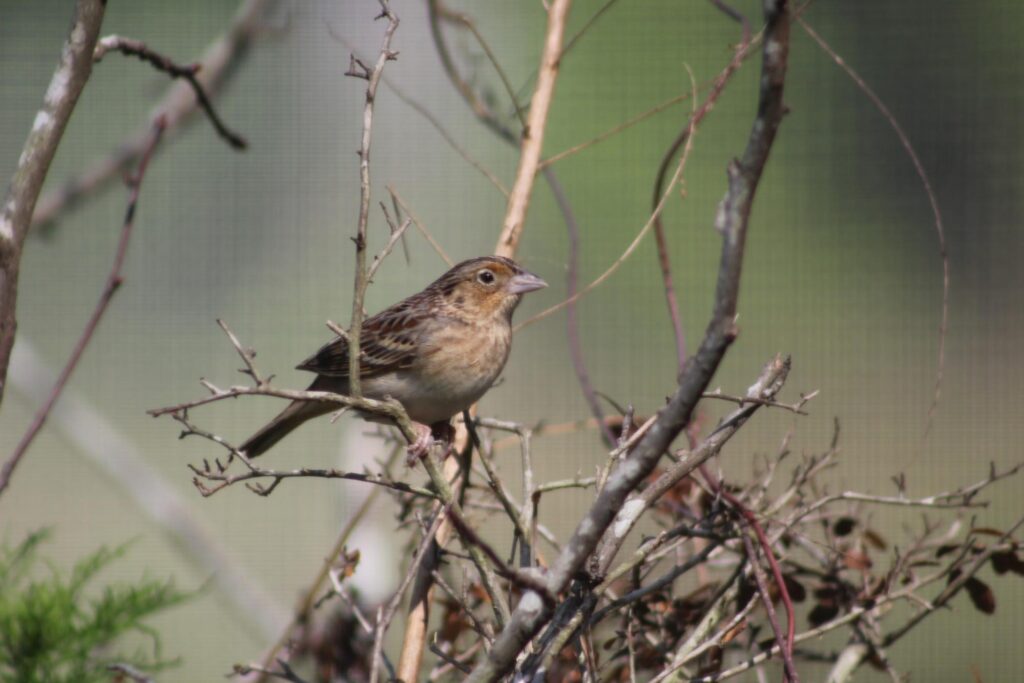
The whooping cranes Fairfield recorded are one of several endangered species White Oak is trying to save through conservation breeding. Other refugees at the preserve include the Florida panther and the Florida grasshopper sparrow — the most endangered bird in North America.
The Florida grasshopper sparrow is found in the wild in just four locations in Central Florida, and its population has declined sharply in recent years as 95% of its dry prairie habitat has been decimated, said Andrew Schumann, White Oak’s animal collection manager. The species is at high risk of extinction.
“Today we think there are less than 80 birds in the wild,” he said.
About 30 of the tiny, brown-and-white ground-nesting birds (they weigh about 20 grams full grown) live at White Oak.
The wild population began to decline in the ‘70s when prairie grasslands were converted to make way for cattle grazing, sod production and other agricultural uses.
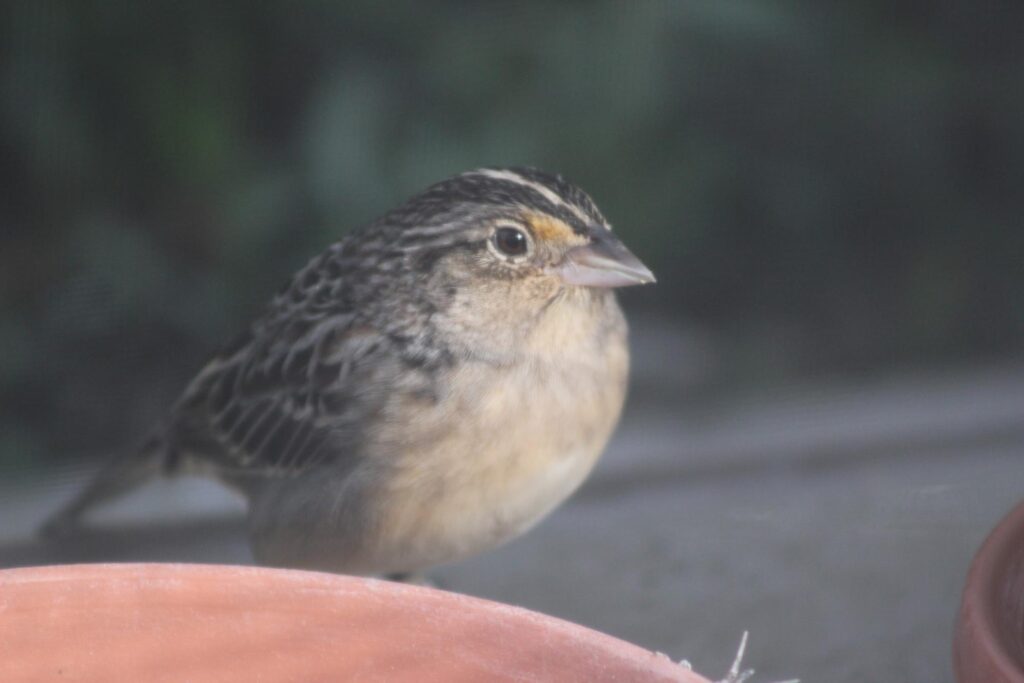
Today, Florida grasshopper sparrows in the wild have a nesting success rate of just 11% because of threats like red fire ants, other animal predators and, increasingly, flooding.
Schumann said, “Over the past few years, we’ve kind of salvaged those flooded nests and brought them into captivity to save them. They’ve actually played a big role in establishing our captive populations.”
State Fish and Wildlife Conservation Commission field crews also monitor the sparrows. When they find nests in low-lying, flood-prone areas, they raise them.
“They’ll get a shovel and they’ll go around and lift that nest up and put stuff under it and build it up,” Schumann said. “The surrounding areas may flood with the heavy rain event, which may or may not be normal for Florida, but they actually save a lot of nests that way.”
The consensus among climate scientists is that a warming earth is making rain more severe and flooding more frequent. Schumann said he’s not aware of specific data that shows climate change is directly affecting the Florida grasshopper sparrow, but he said, “It seems very possible.”
There is plenty of evidence, though, to suggest climate change and sea level rise are hurting one of the grasshopper sparrow’s endangered cousins, South Florida’s Cape Sable seaside sparrow. They’re also small ground-nesting birds that eat seeds and insects and have many natural predators.
The South Florida sparrows nest about 6 inches off the ground in what’s called marl prairie, which, historically, is generally dry from March through mid-July.
But now, according to U.S. Fish and Wildlife Service biologist Miles Meyer, the prairie’s more frequently inundated with water during nesting season, drowning hatchlings and changing the ecosystem.
“In some of the cases, it’s related to how water is currently being moved through the Everglades,” Meyer said.
Once upon a time, water flowed through Shark River Slough, a low point down the middle of Everglades National Park. Engineering — ironically, partially for “flood control” — has diverted water from the natural slough onto higher land.
“That has resulted in increased water flows over the top of their habitat,” Meyer said.
“The loss of any individual species out of an ecosystem has cascading effects that we may not know, initially, until something happens.”
– Miles Meyer, Biologist at U.S. Fish and Wildlife Service
That’s as the U.S. Army Corps of Engineers projects a global mean sea level rise of up to 6.6 feet by 2100. Meyer said 3 feet would inundate much of the Southern Everglades.
As sea levels rise, saltwater encroaches into groundwater, which changes the characteristics of peat soil, causes land to collapse and allows further saltwater intrusion.
The FWS is working with the South Florida Water Management District to protect the Cape Sable seaside sparrow and other species in Everglades National Park.
Meyer said saltwater intrusion can be staved off to some extent by flowing fresh water on top of threatened areas.
“Sea level rise won’t encroach as quickly, and we can actually add additional sediment on top of that by carrying sediment through the system,” Meyer explained. “Ecosystem restoration is occurring.”
Nearby landowners are also helping with habitat restoration by allowing prescribed burns and invasive species removals — up for a Python Challenge, anyone? And genetic testing could help scientists know where to move birds to maximize their chances for survival.
Where’s An Ark When You Need One?
The sparrows are just two of up to 1 million species that are at risk of extinction due to human activity and climate change, according to a recent U.N. report.
While sea turtles and polar bears get much of the attention, even small birds like the Florida grasshopper sparrow play vital roles. So, their extinction could have massive implications.
“The loss of any individual species out of an ecosystem has cascading effects that we may not know, initially, until something happens,” Meyer said. Take, for example, extinct bird species in Hawaii. “After they’ve gone extinct, we realized that they were important pollinators for four different plants. Now humans are actually going out and pollinating these plants that would have been done by birds.”
In 2015, White Oak Conservation was the first to successfully incubate and hatch cousins of the Florida grasshopper sparrow in captivity, in a partnership with the U.S. Fish and Wildlife Service (FWS) and Tallahassee’s Tall Timbers Research Station. The lessons it learned about the eastern grasshopper sparrow are now being applied to the Florida grasshopper sparrow breeding program, not only at White Oak but across the state.
Recently, for the first time ever, captive-bred Florida grasshopper sparrows were released into the wild near Disney World.
Ken Warren with the Fish and Wildlife Service said, “You take away the gators, you take a take away the manatees, you take away the Cape Sable seaside sparrow, and what do you have? A bunch of highways. A bunch of condos. This wildlife and this biodiversity is really what makes Florida Florida, and I think that’s why a lot of people have moved to Florida. I think that’s what makes people appreciate Florida and that’s why it’s worth protecting.”
Copyright 2019 ADAPT



